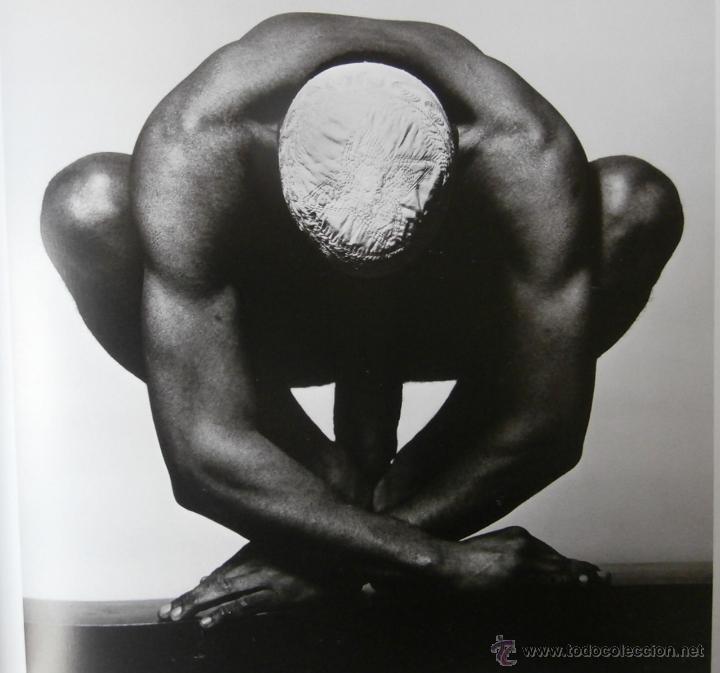

In 1989, the year he succumbed to AIDS, the Corcoran Gallery of Art in Washington, D.C., canceled an exhibition of Mapplethorpe’s work that included photographs of anal-fisting and naked children. The photographer Robert Mapplethorpe preferred to lob bricks through the windows-it wasn’t always clear if he was trying to go inside or tear the place down. That there was no more secret than that.Leon Trotsky wrote that the novelist Louis-Ferdinand Céline entered the canon as effortlessly as other men enter their homes. Mapplethorpe had to defend himself explaining that he only photographed what he liked, and the people he liked to be with. However, from typical moralist perspectives, he was accused of exploiting African Americans. It shows a very thorough technique, an obsession with symmetry and a taste of a Greco-Roman cut for the human body. “I often say that photographing black men is like photographing bronze.” This is clearly perceived when those photographs are observed. His second “obsession” was with black men. I’m looking for things I’ve never seen before… I was in a position to take those pictures.” In 1988 he told ARTnews “I don’t like that particular word ‘shocking.’ I’m looking for the unexpected.
ROBERT MAPPLETHORPE BLACK BOOK ARCHIVE
He was a participant in the Downtown Gay Bondage Scene of New York, and as such, he felt that he had to archive life as it was occurring before him. A repertoire whose only objective seemed to seek provocation, but that was alternated with beautiful pictures of flowers, which mirrored the same sensuality of his nude portraits. It is his particular use of light, achieving black and white images, that bring his photographs to the sublime.ĭuring that stage of explicit sex, he photographed the most scandalized practices in the foreground. He deliberately treats homoeroticism -and even sadomasochism- as art, through beautiful compositions reminiscent of classical sculpture, especially that of the Greek world. Those first images would project his future greatness. No one, besides him, had focused on the darkness of the underground gay scene in New York. However, Robert chose the sadomasochistic subject, a world he began to know and photograph, and which went much further than what was usual at the time. All photographers, writers, poets all dealt with sexual issues. When he launched into the sexual theme, the entire city seemed obsessed with sex in one way or another. But, more than in the portraits of celebrities, it was with the exploration of the beauty of the human body and botany where his greatest fortress is located. That’s where Robert enters the avant-garde worlds, and ends up photographing the most visible faces of the scene like Debbie Harry, Grace Jones and Andy Warhol. This unusual couple started to frequent the underground bars of the time, where the 70’s bustling artistic scene of New York city began to be forged. It was during this period of time that he met the artist, poet and musician Patti Smith, who would be his muse for countless photographs and projects, as well as one of his partners. By 1973, he held his first solo exhibition in New York, under the name of “Polaroids”. He bought a Polaroid camera to take photos for his collages (which were previously assemblages he did with images from pornographic magazines and paintings), but it didn’t take him long to appreciate the quality of those pictures.

His first experiments with photography were in 1970, although his original intention was not to be a photographer. In 1962, at 16, he left his home and enrolled at the Pratt Institute in Brooklyn in 1963, studying painting, drawing and sculpting. Robert Mapplethorpe was born on Novemin Floral Park, New York to a family of strict catholic environment. Self-portrait | Robert Mapplethorpe | 1980 | Image source: Wikipedia While it’s true that many are inspired by others, each photographer has something that makes then unique but Mapplethorpe is a king of uniqueness. His black and white odyssey created a revolution that changed the stigmas of the epoque.Īll photographers have something in common: the love of capturing moments, people, scenes and anything that catches their sights.

He didn’t need many words or colors to achieve that. The charm of Robert Mapplethorpe is such, that he was able to captivate not only a city but become an icon of American culture.


 0 kommentar(er)
0 kommentar(er)
